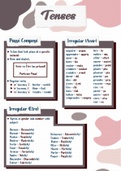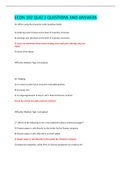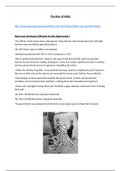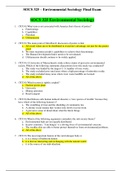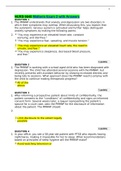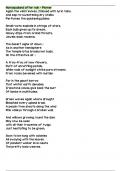Essay
Unit 14 LA:C (Designing molecules)
- Institution
- PEARSON (PEARSON)
This assignment has achieved DISTINCTION and was written at high quality to ensure that the criteria are met. There are various contents that are covered in here such as what structural isomerism is, what is chain isomerism, What is stereoisomerism, Geometric, optical, sugars like glucose and gala...
[Show more]




